
In photography, “the road trip,” especially by car around the United States, has been a right of passage for many photographers. Embarking on a fourteen-month world tour however is a bit less common, but that ambitious challenge was taken on in 1959 by the Dutch photographer Ed van der Elsken and his wife Gerda. The resulting photographs would turned into one of the most epic Dutch photobooks ever produced, The Sweet Life.
Van der Elsken secured the much needed financing for the trip through contracts to make a series of films enroute for Dutch television and at the Royal Dutch Shipowners Association (KNRV), where Elsken and his wife would be provided first class passage on merchant vessels. In exchange, van der Elsken was to make a short film about the merchant navy that would be a present to Princess Margriet of the Netherlands. Additional funding came from Gerda van der Elsken who wrote a series of articles about their adventures for Dutch magazines illustrated by her husband’s photographs. On Aug. 22, 1959 they sailed for Africa.
Their travels would cover West Africa, the Malay Peninsula, the Philippines, Japan, Hong Kong, the United States and Mexico. Van der Elsken found his stride photographing in the streets of each major city or backwater; “When I’m working I get up fairly early, cup of coffee, camera, check if the film’s alright, any dust…then I set off to see what I can find. Hunting for luck, hoping I’ll come across people who excite me…I let them know with my eyes and facial expressions what I am doing, that it’s okay, that I mean no harm – and I don’t.” In all he would shoot more than 5,000 pictures, and by the time of their return to the Netherlands on Sept. 19, 1960, they were both completely exhausted and their money had just run out.
If the scope of the trip wasn’t enough of an exhausting (albeit exciting) experience, the ordeal to get Sweet Life published as a book would be frustrating and even more exhausting. Upon his return van der Elsken immediately set to work printing, editing, sequencing and designing a book he thought at first to call Crazy World. After four years of work there were still no book publishers interested that would take the risk on bringing his world project to print yet Elsken continued to rearrange and improve the edit and layout. He employed various improvised means to shape the material including hand drawn “storyboards,” cut up photo prints, variant printing techniques, extreme croppings, images bled to the paper edge, and double-spread pages that linked separate images into a run-on panoramics. Additionally, van der Elsken wrote 26 pages of extensive captions for each of the images with stories of experiences in a hipster voice that recalls the lyrical styling of Kerouac and Ginsberg.
*SWEET LIFE* – sweet and sour, sweet and bitter. Who am I to spout about life, love, happiness? About whether all’s right with the world, or whether it’s just a vale of tears, so store up your treasures for heaven. I think it’s unbelievable, fabulous, this life of ours – everything, the birds and the bees, the dear and the antelope, the spacious skies, the foggy dew, the rockabye babies. Men like John F. and Robert Kennedy, Pablo Picasso, Georges Brassens, Fidel Castro, Pope John XXIII. My wife’s embrace, a landing on the moon, space, time, eternity. I don’t understand one damn thing about any of it, except that it’s enough to keep me in a constant delirium of delight, surprise, enthusiasm, despair, enough to keep me roaming, stumbling, faltering, cursing, adoring, hating the destruction, the violence in myself and others.
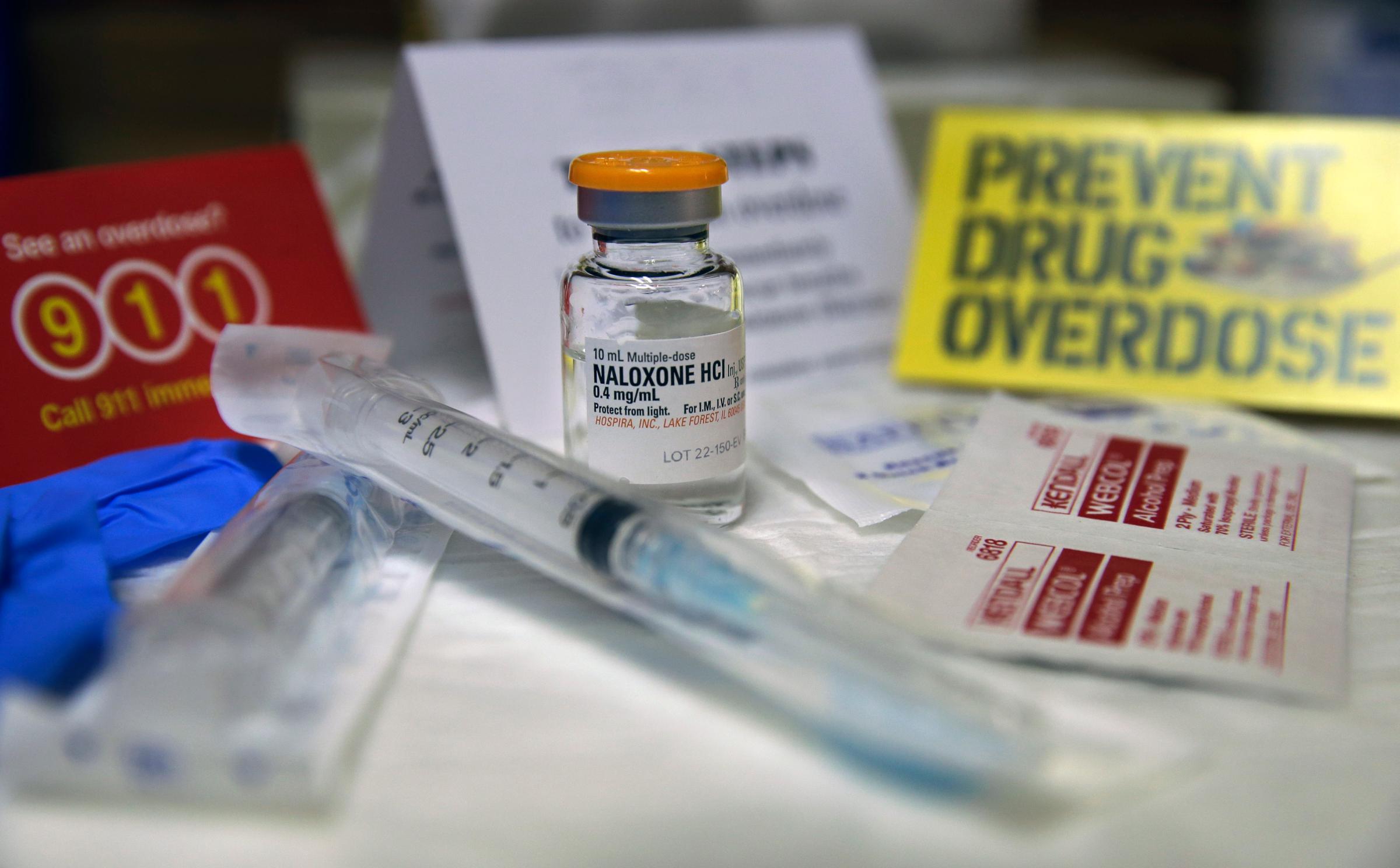
Finally in 1965, Andreas Landshoff a friend of van der Elsken’s who had ties to the American publisher Harry N. Abrams, persuaded Abrams and several other publishers into co-publish an edition that would appear in seven different countries (with seven different covers!) totaling 17,000 copies in all – a huge number of copies for a photography title. Borrowing the name from a tramp steamer they traveled upon in the Philippines, the book’s title became Sweet Life. During its printing, van der Elsken stood next to the presses in Japan and ordered the black ink to be applied as heavily as possible resulting in the dense and contrasty gravure images far blacker than his original prints achieved.
Today, for historians and those lucky enough to see a copy firsthand, Sweet Life is admired and celebrated for its cinematic energy, raw style, and gritty in-your-face design reminiscent of another masterpiece, William Klein’s Life is Good & Good for You in New York. What Klein’s New York and Robert Frank’s The Americans did for the genre of ‘personal’ documentary of one country, van der Elsken’s ambitions took on the world.
Jeffrey Ladd is a photographer, writer, editor and founder of Errata Editions. Errata Editions is featuring Sweet Life in its Books on Books series this month.

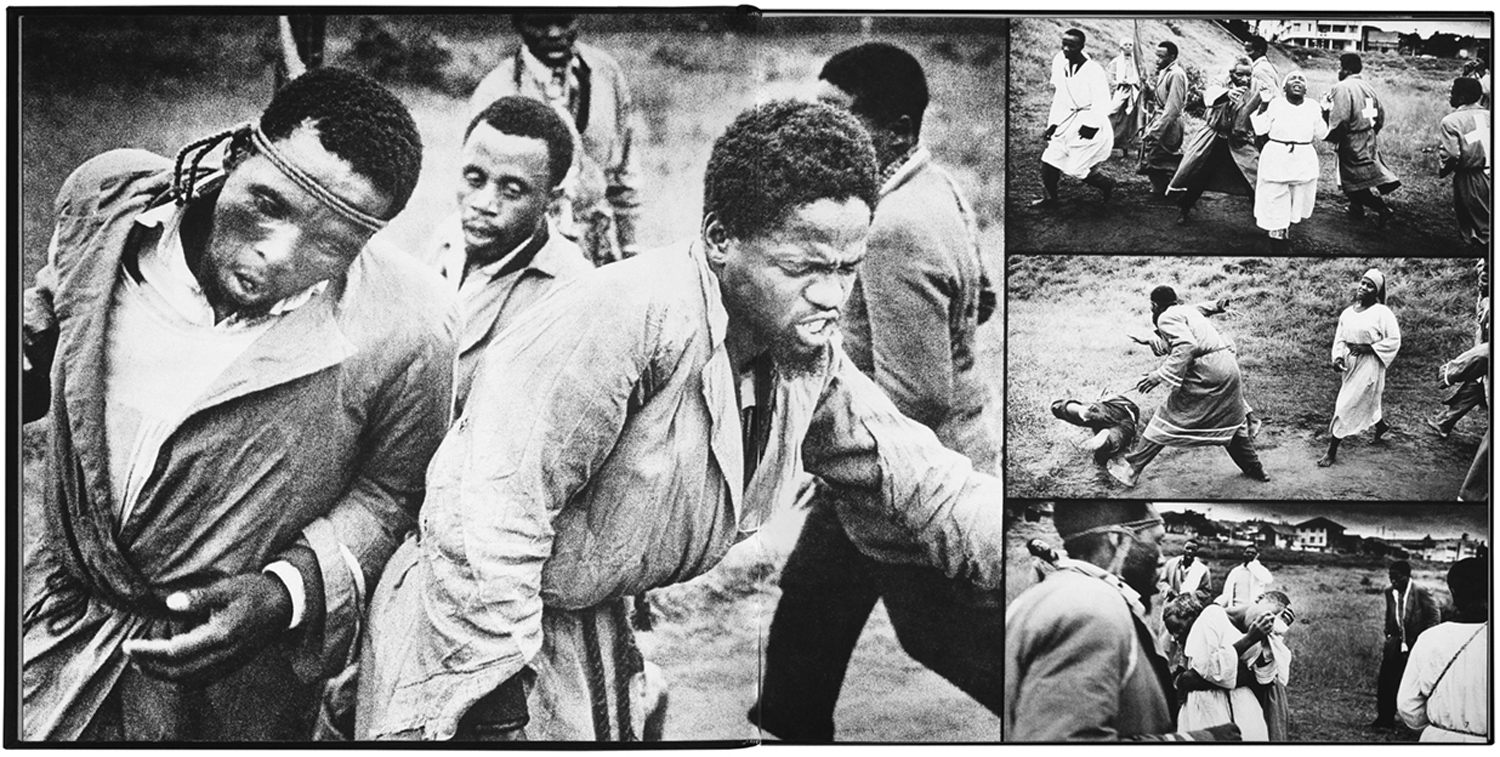
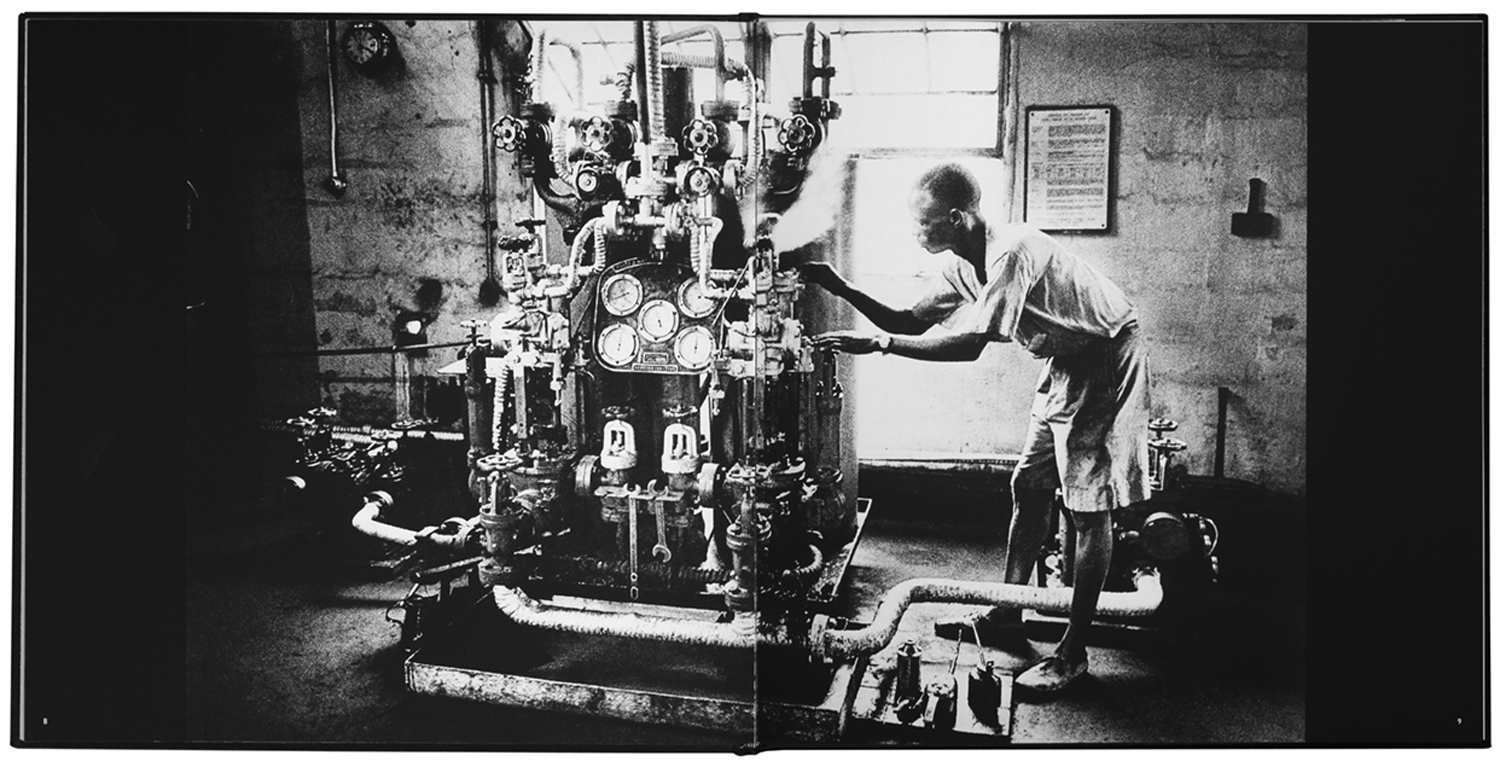
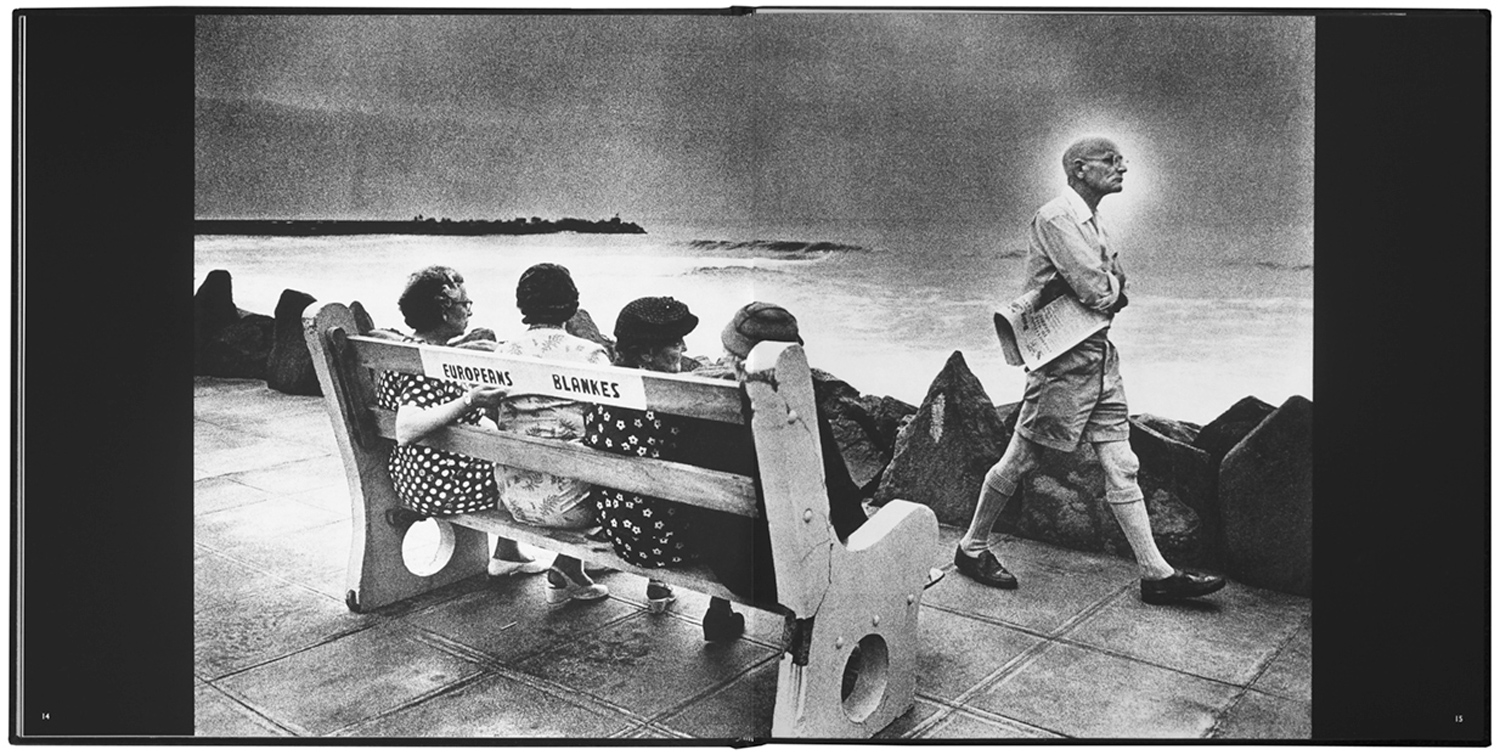
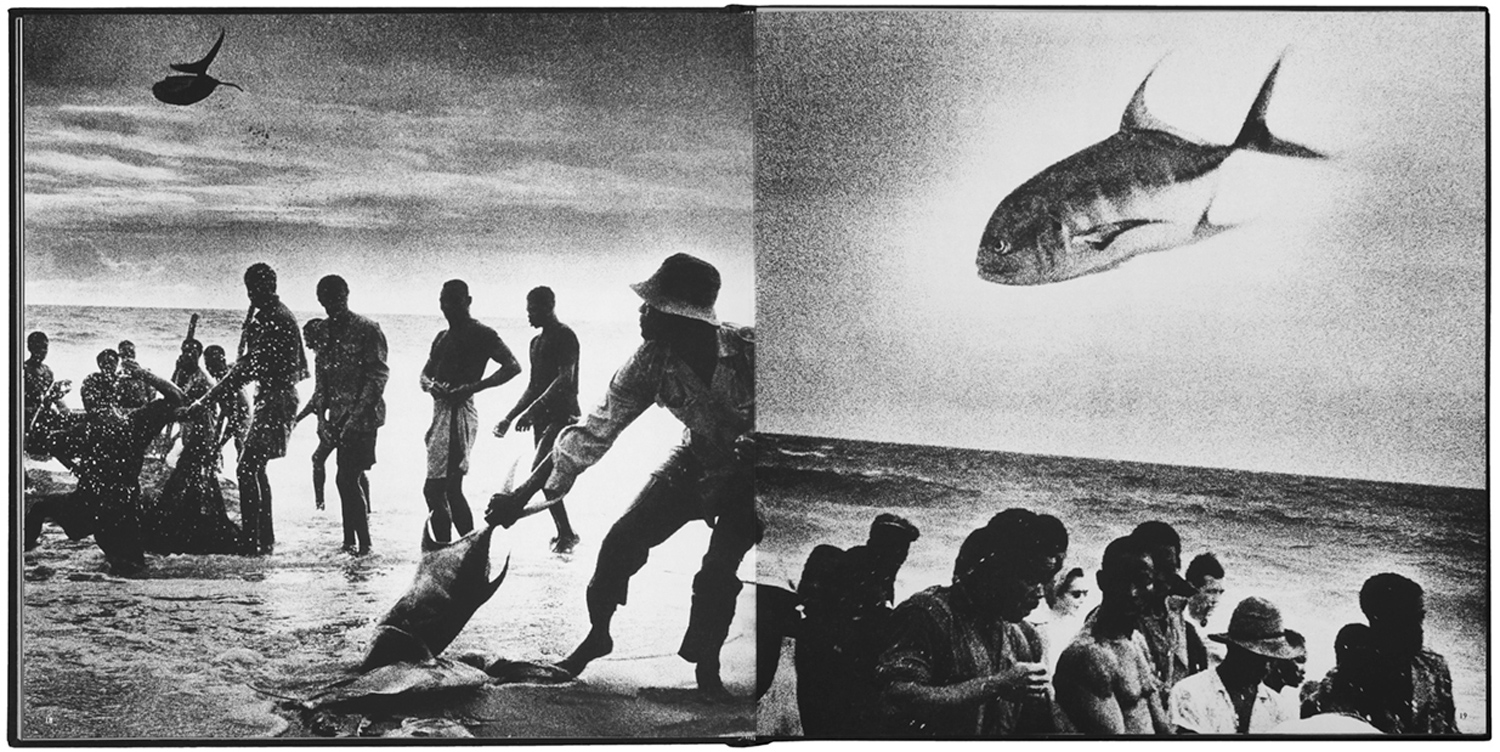

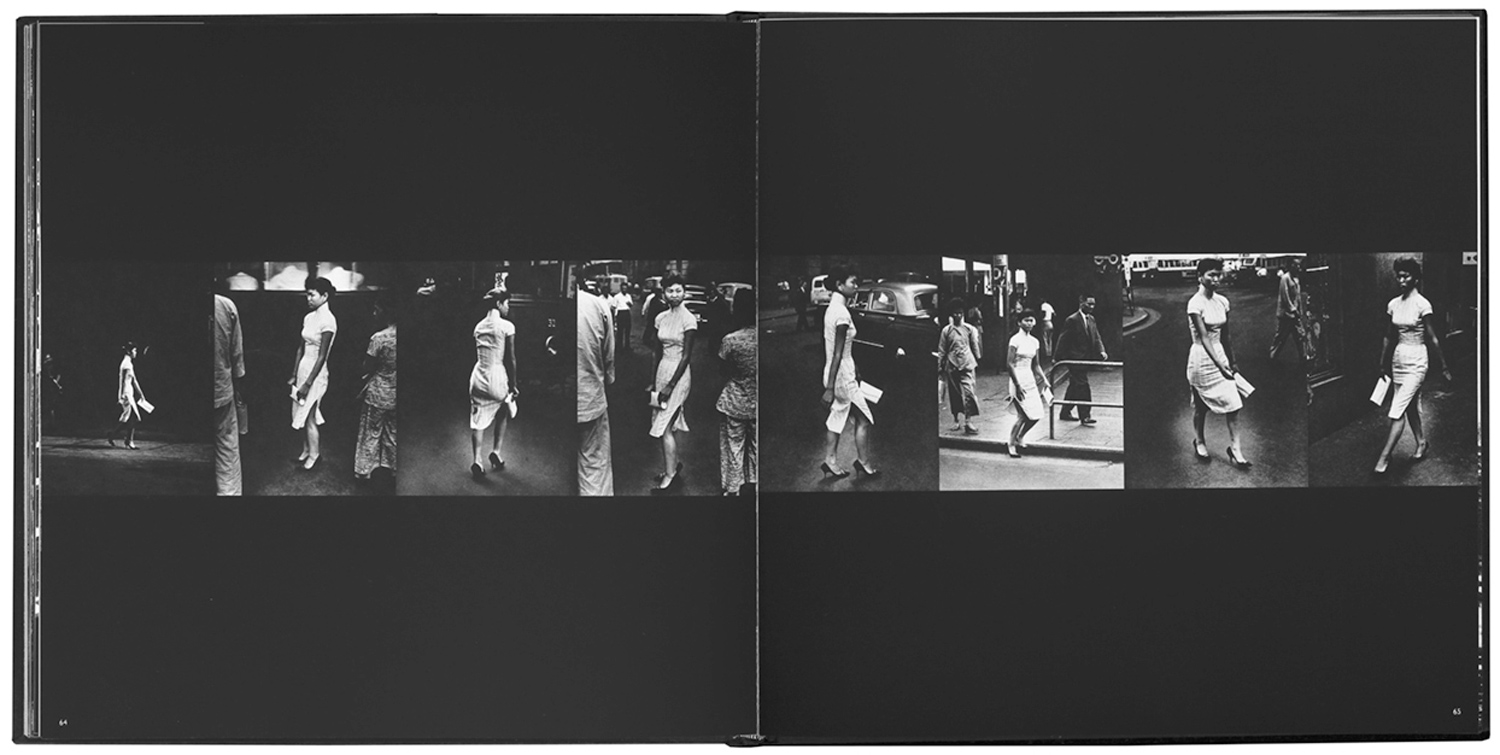

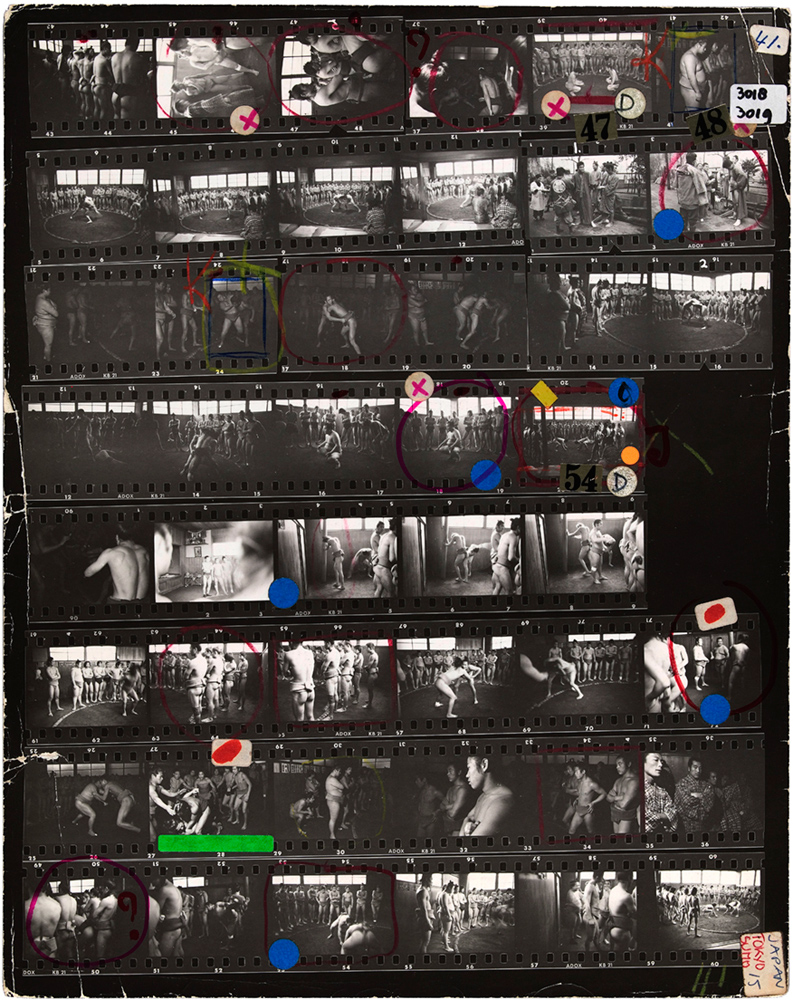

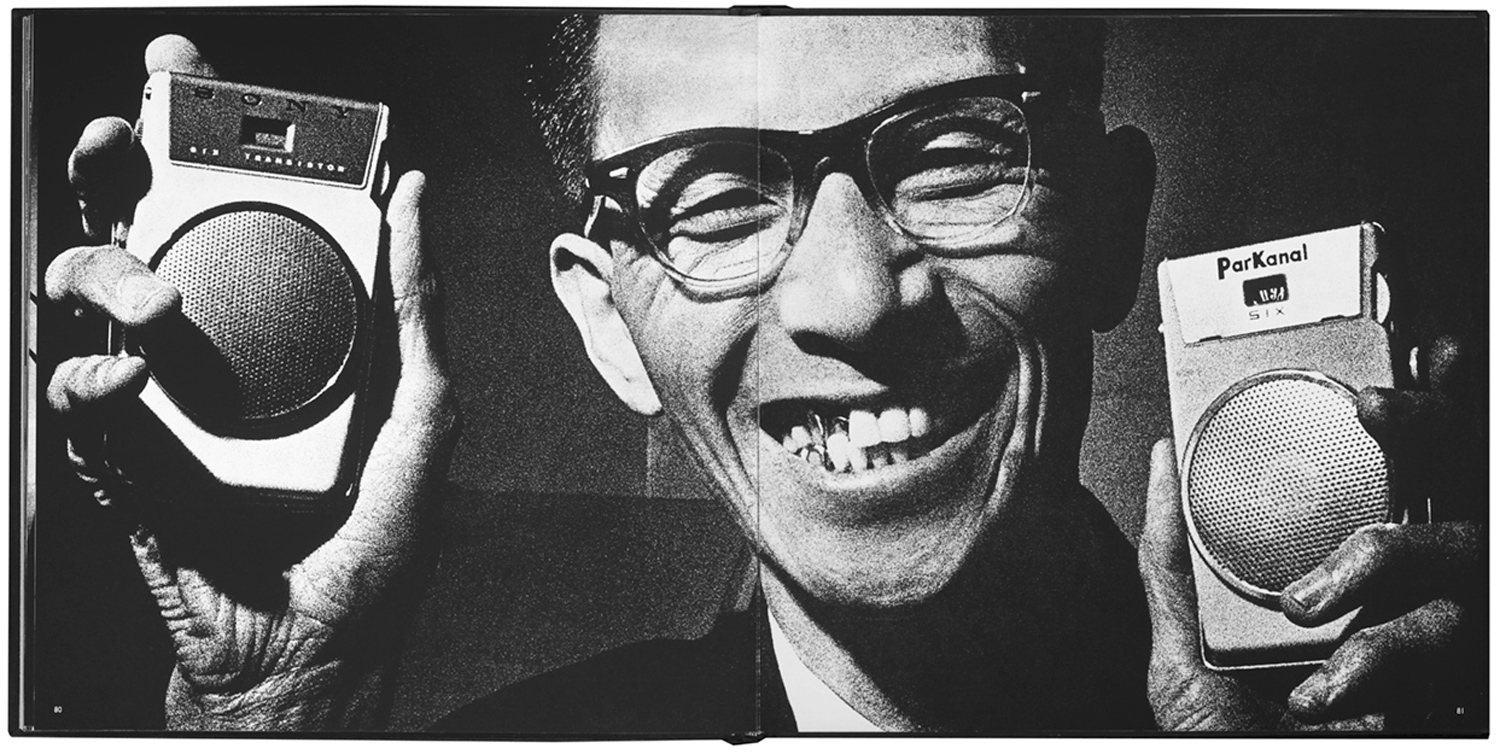
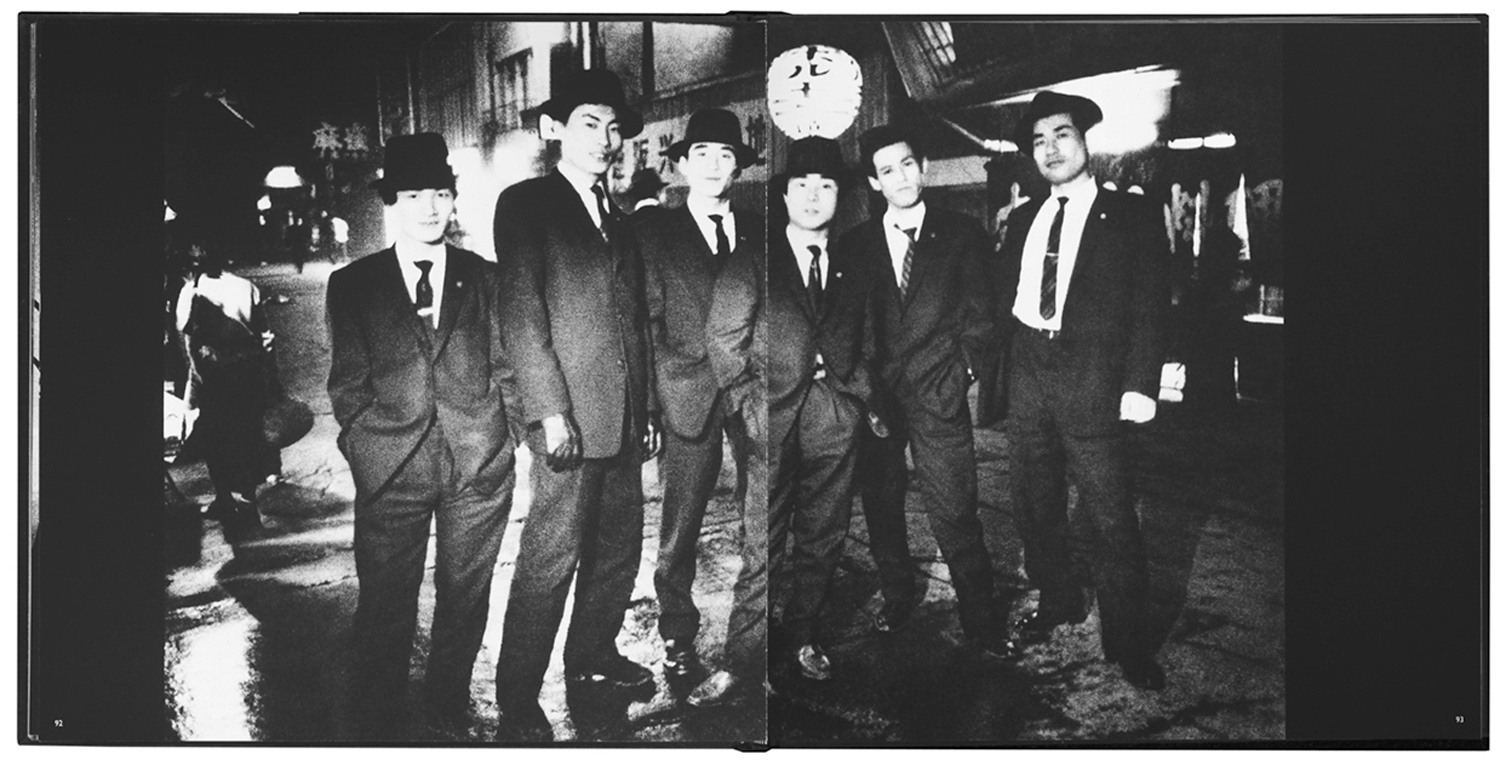
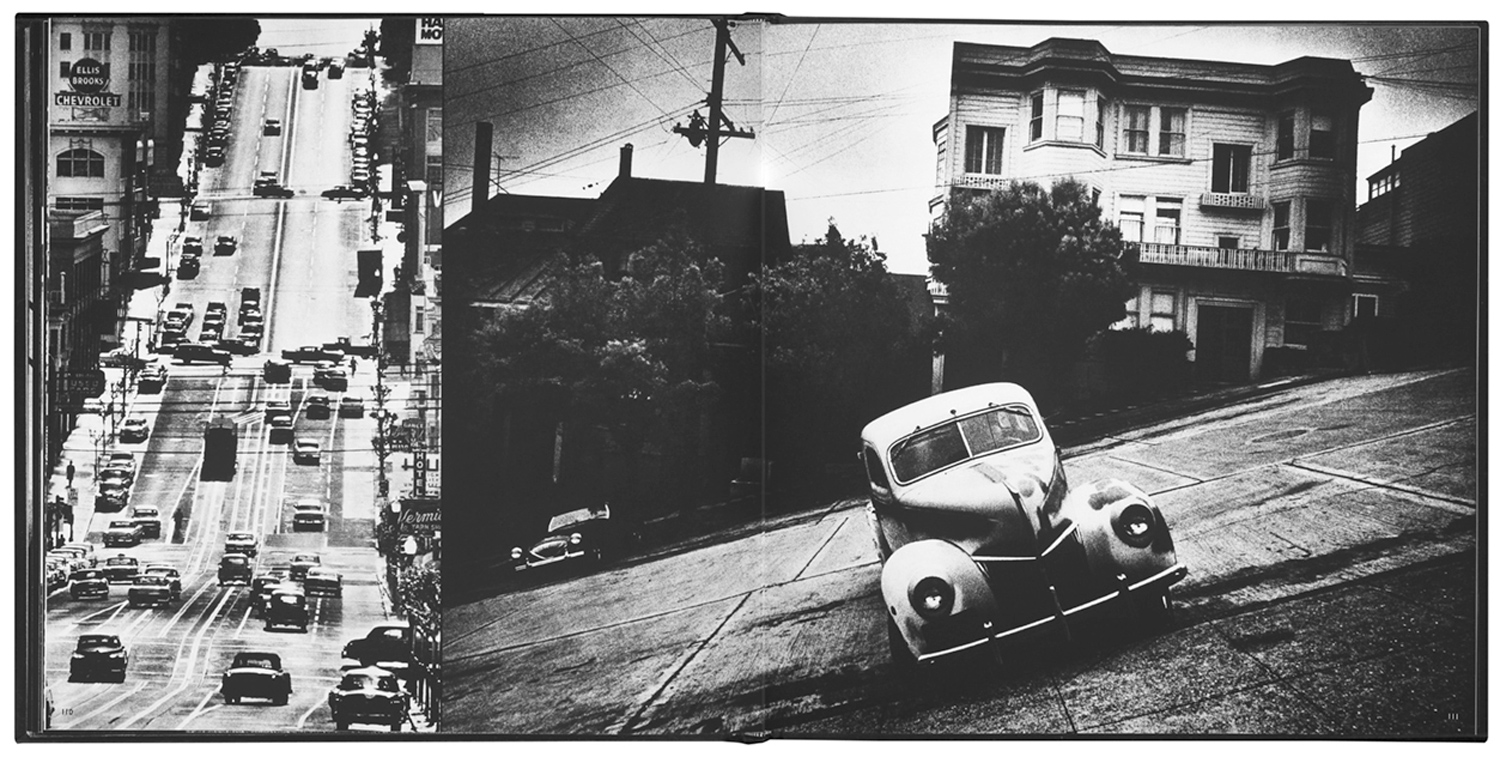
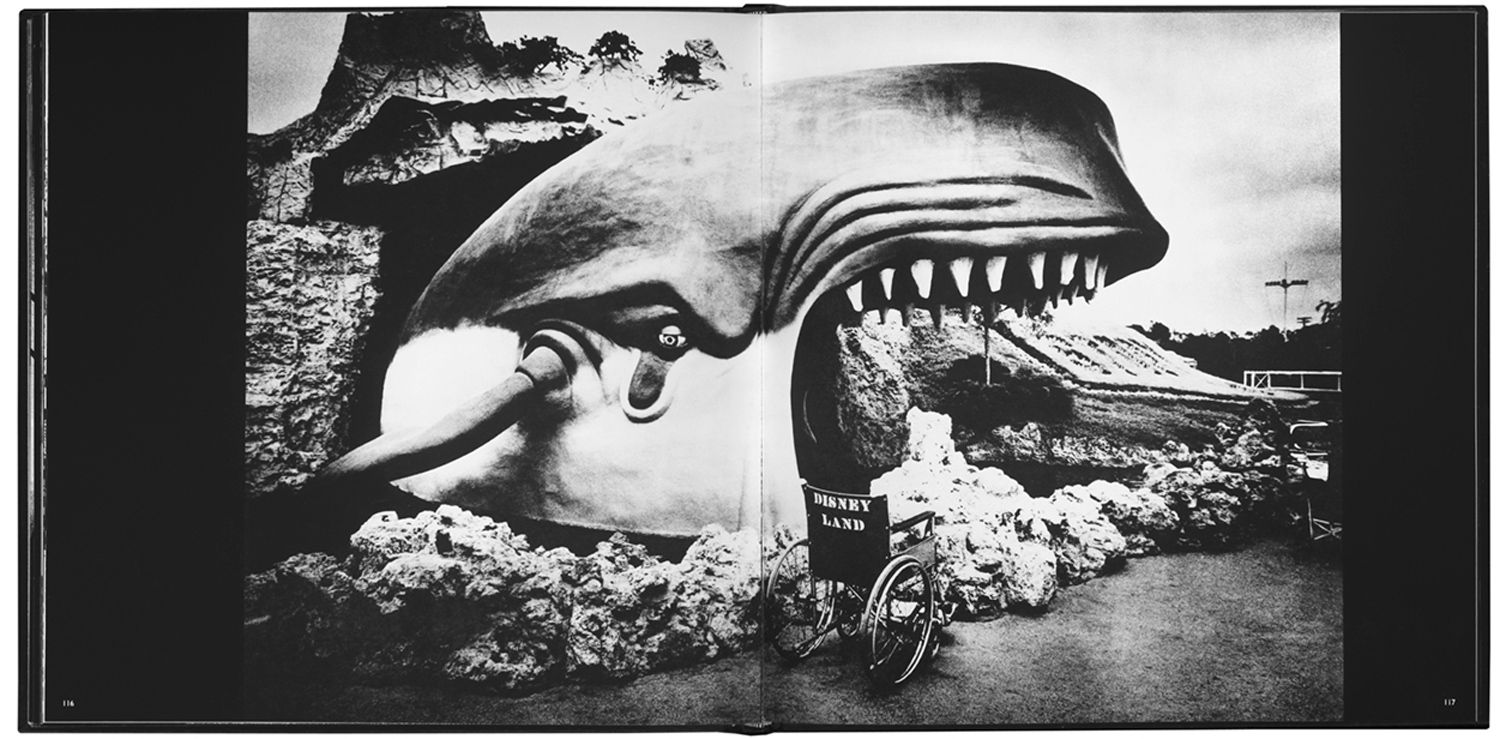
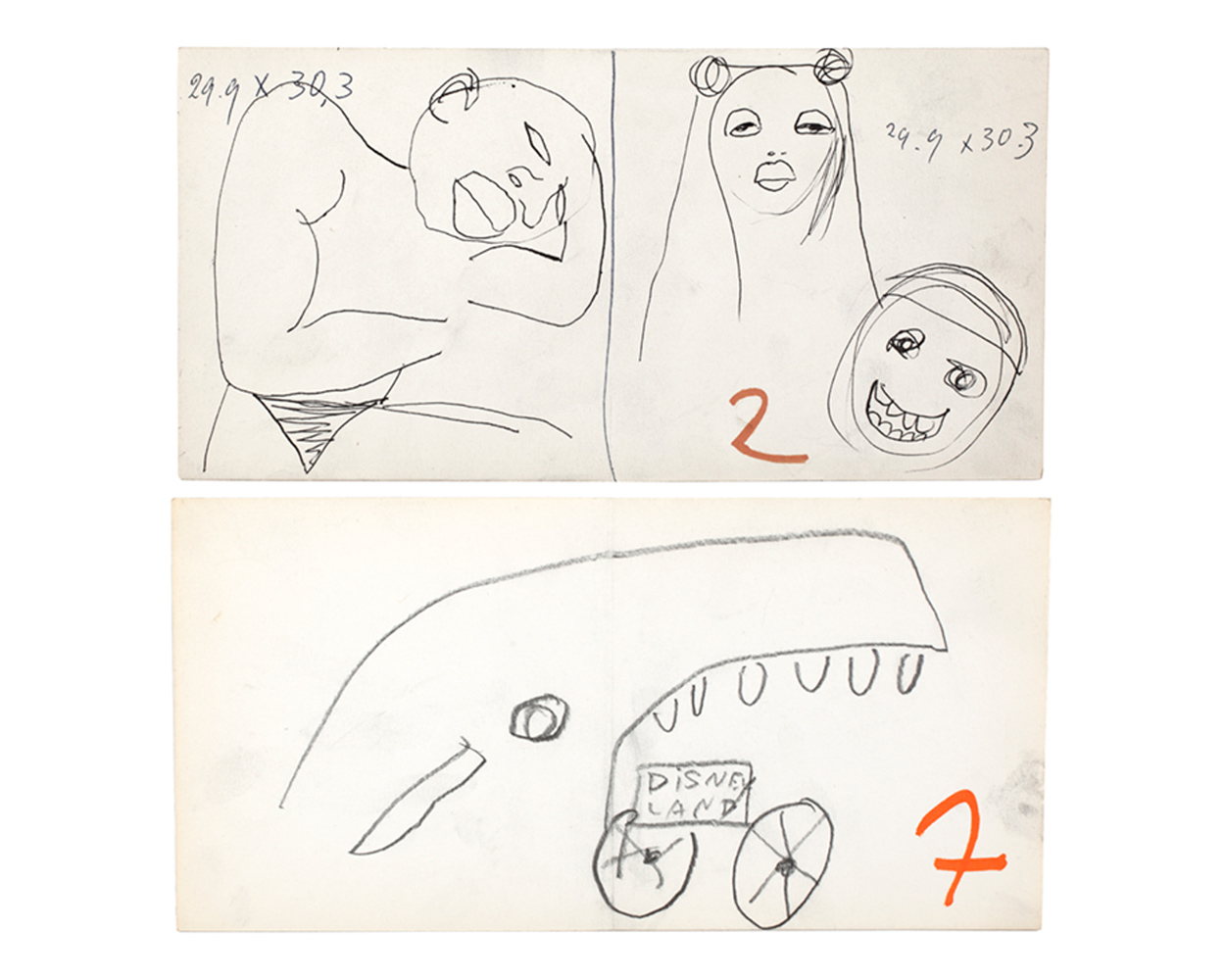
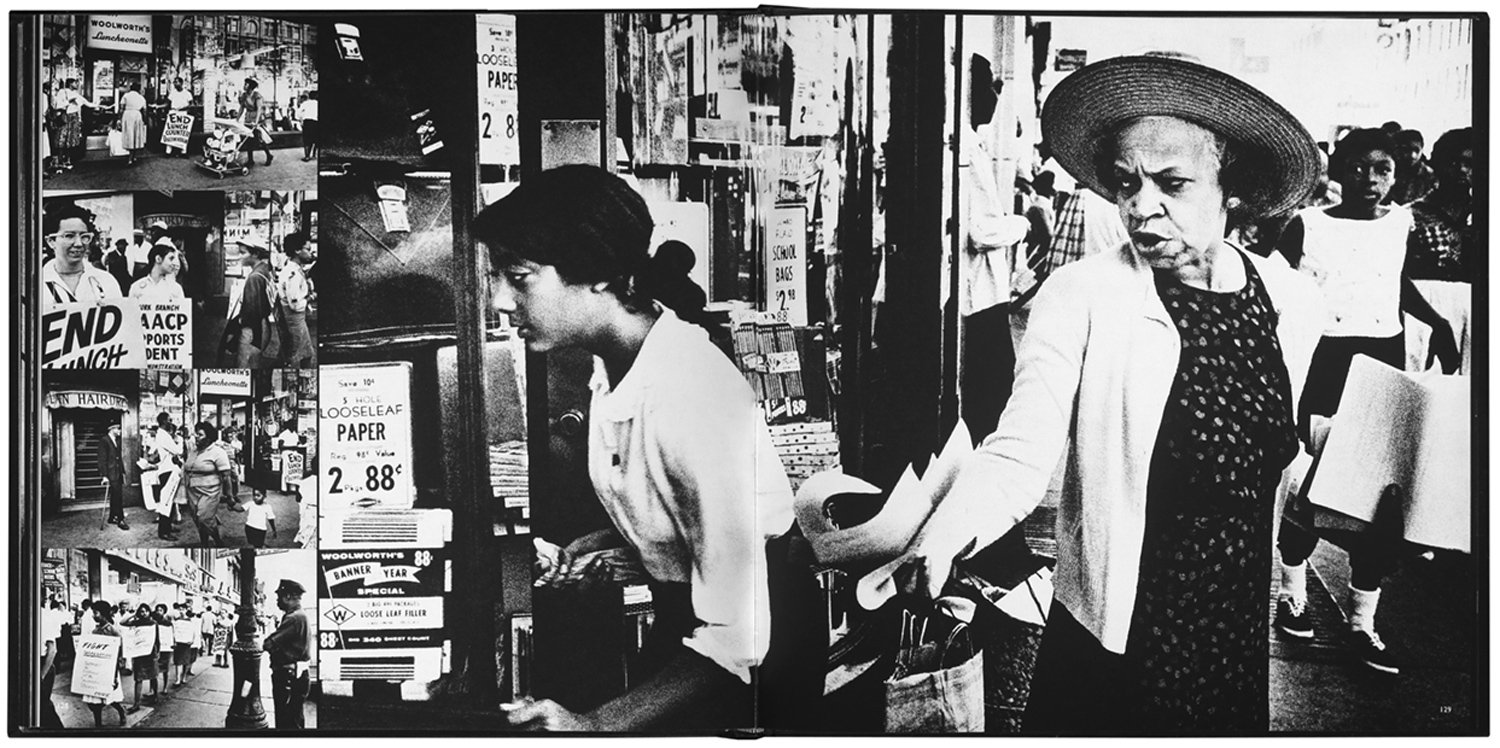
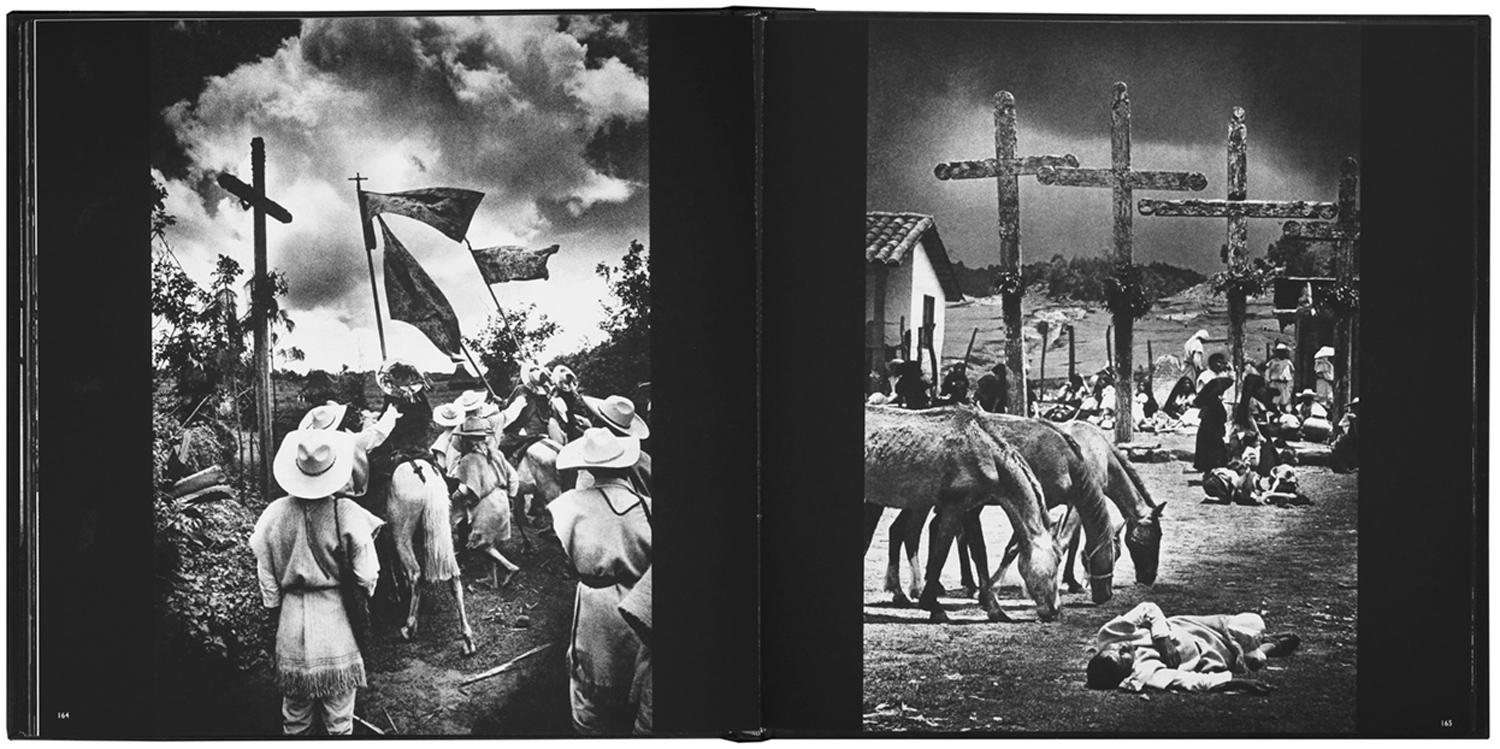

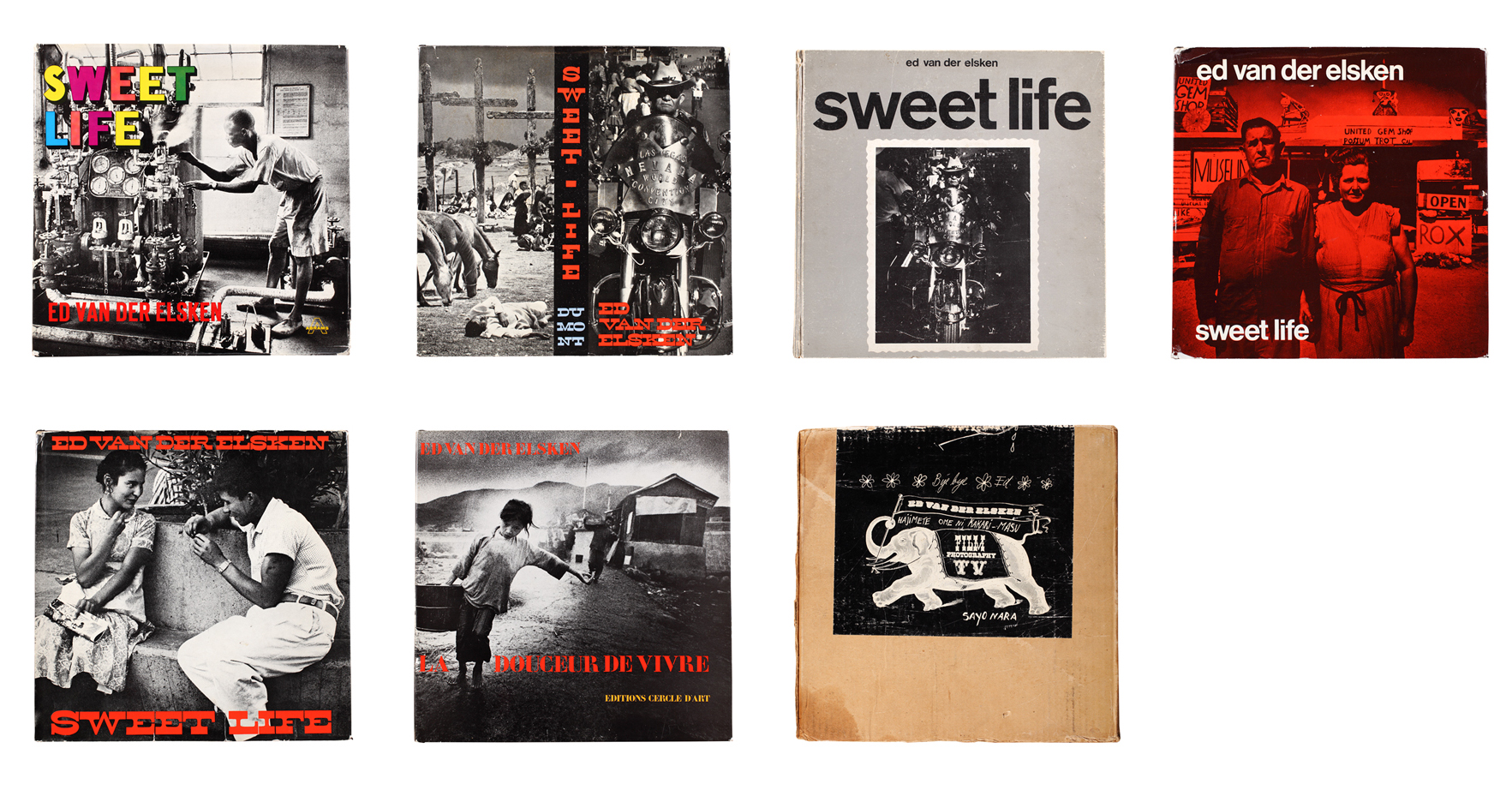
More Must-Reads from TIME
- Donald Trump Is TIME's 2024 Person of the Year
- Why We Chose Trump as Person of the Year
- Is Intermittent Fasting Good or Bad for You?
- The 100 Must-Read Books of 2024
- The 20 Best Christmas TV Episodes
- Column: If Optimism Feels Ridiculous Now, Try Hope
- The Future of Climate Action Is Trade Policy
- Merle Bombardieri Is Helping People Make the Baby Decision
Contact us at letters@time.com